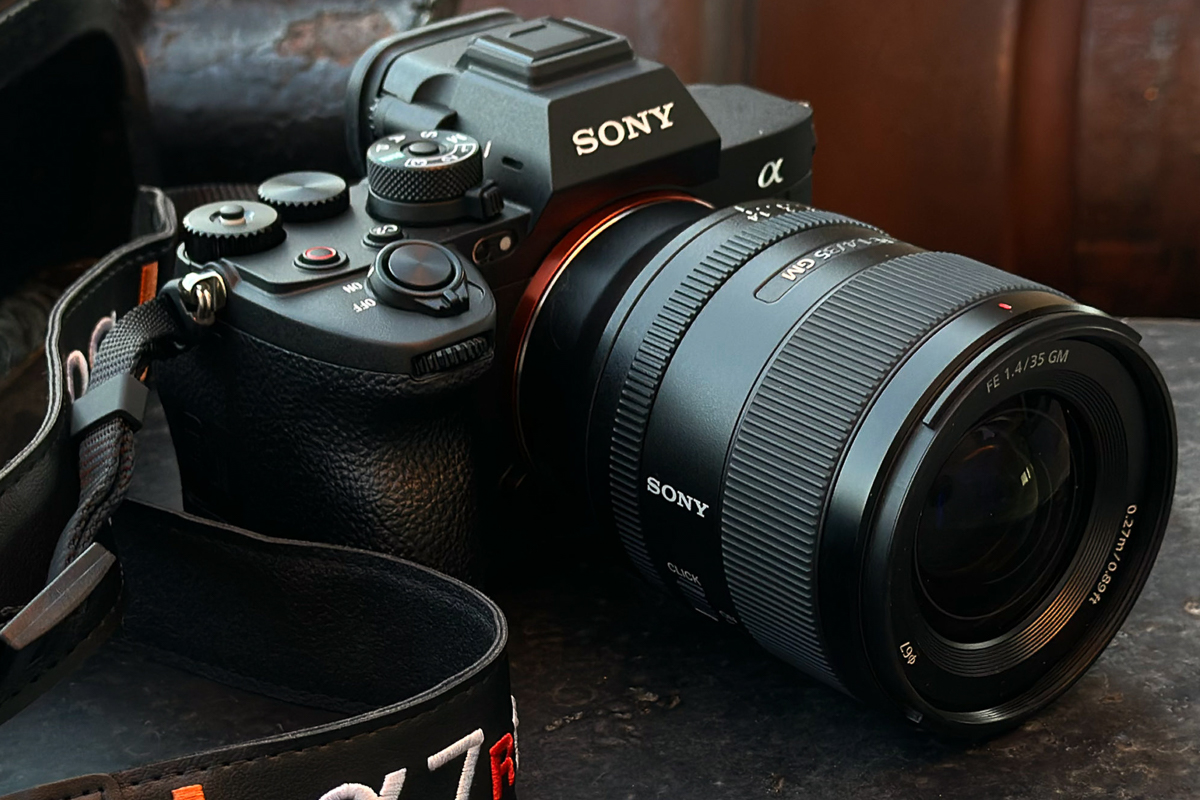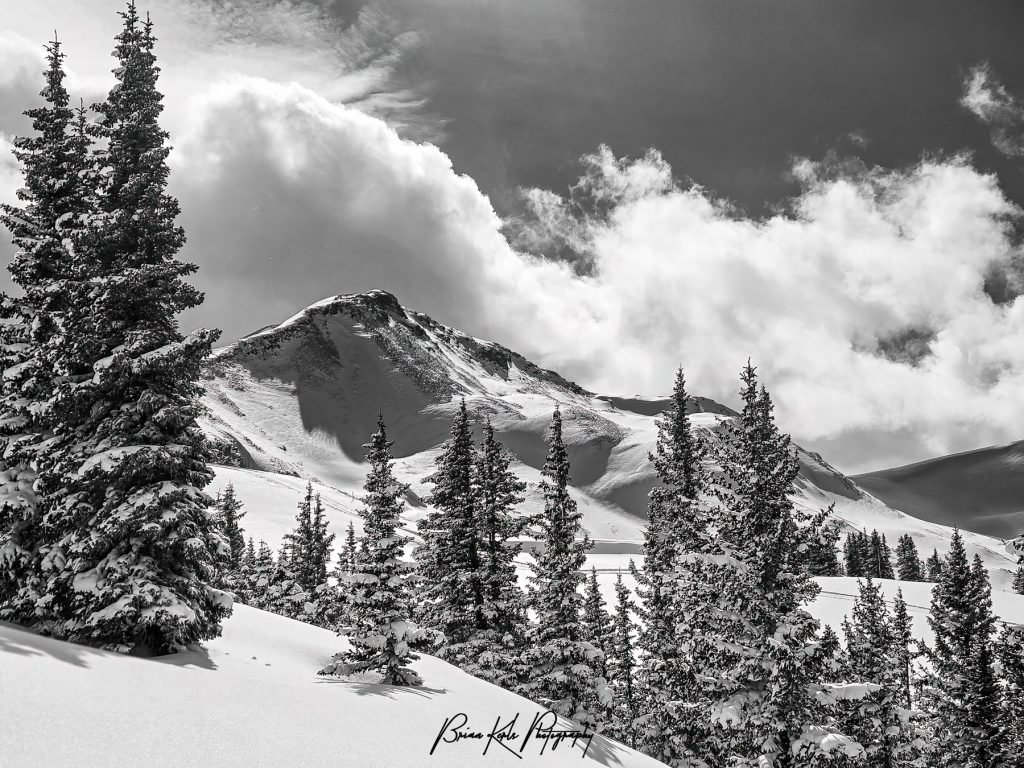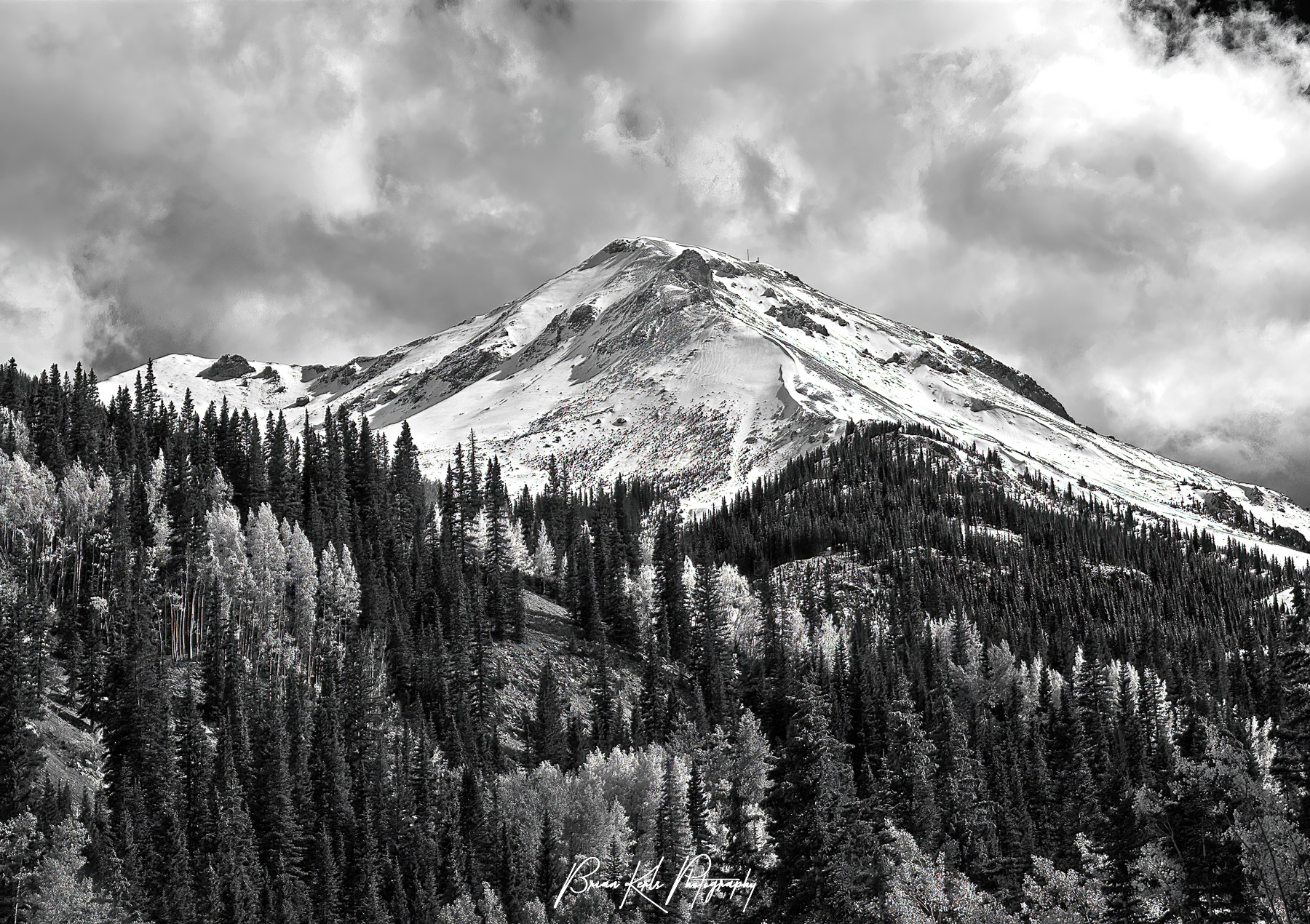When we think about improving our photography, we often look to new lenses or accessories. But your camera already has powerful tools built in—features that many photographers overlook. These hidden gems can make a huge difference in your workflow and image quality. Let’s dive into five in-camera tools that can elevate your landscape photography.
1. Focus Peaking
If you shoot manual focus, focus peaking is a lifesaver. This feature highlights the areas in sharp focus with colored outlines, making it easy to nail critical sharpness—especially in low light or when using wide apertures.
Why It Matters: Perfect for macro shots, foreground interest in landscapes, and ensuring tack-sharp details in complex compositions.
2. Histogram Display
The histogram is your best friend for exposure accuracy. It shows the tonal distribution of your image—highlights, shadows, and midtones—so you can avoid blown-out skies or crushed blacks.
Pro Tip: Use it during bright daylight or high-contrast scenes to ensure balanced exposure.
3. Highlight Alert (“Blinkies”)
This feature flashes areas that are overexposed, helping you quickly adjust settings before losing detail.
Why It Matters: Essential for sunrise/sunset shots where highlights can easily clip.
4. Custom White Balance
Auto white balance works most of the time, but custom white balance gives you control over color accuracy. Setting it manually ensures consistent tones, especially in tricky lighting like golden hour or snowy scenes.
Why It’s Hidden: Many photographers fix color in post, but getting it right in-camera saves time and preserves natural hues.
5. Electronic Level
A tilted horizon can ruin an otherwise stunning shot. Most modern cameras include an electronic level that displays on your LCD or viewfinder. This ensures your horizon is perfectly straight—critical for landscapes and architectural shots.
Bonus: Combine with a tripod for flawless panoramas.
BONUS – Intervalometer (Time-Lapse Mode)
Want to create stunning time-lapse sequences of clouds rolling over mountains or city lights at dusk? Your camera’s built-in intervalometer automates the process—no extra gear needed.
Pro Tip: Experiment with different intervals for dynamic results. Combine with manual exposure settings for consistency.
Loved what you just read?
Become a VIP Insider and get more of the good stuff – exclusive tips, insider updates, behind-the-scenes stories, and special promotions delivered straight to your inbox.
Don’t miss out—our VIP members get the best of everything first



